This post is part of the ArtSmart Roundtable, a collective of art and travel bloggers who virtually get together every month and write about a certain theme. September’s topic was fashion, but as I’m not big on fashion in the clothing sense, I thought I’d take a look at it from a different angle (plus, I desperately want to tell you guys about Dismaland, which I visited last week). Don’t forget to check the ArtSmart Roundtable out on Facebook, and scroll to the bottom to see more posts on this month’s topic of fashion.
“You going to see that art show thing on the seafront?” The guy in Kwik Fit asked.
“Yep, sure am!”
The guy went on to tell me that when he ran a shop in Bristol he gave it a makeover and, days later, Banksy had covered the whitewashed wall with a huge stencilled mural. Without knowing who the artist was, Kwik Fit guy set to scrubbing it off, much to the dismay of passersby who were in the know. When I told him it could have been worth thousands, he just shrugged and said it was vandalism, plain and simple.
He was equally as confused about Dismaland.
It’s the most talked about art event of the year, but up until two weeks ago no one had any idea it was happening. No one, that is, except four council members in Weston-super-Mare and Banksy himself.
How could something so secret become such a phenomenon?
Firstly, it starts with a big name in the art world. But that’s not the only ingredient in the recipe. Social media and the injection of information every few days had audiences on tenterhooks waiting for the next nugget of news.
Speaking with a local in Weston-super-Mare, I learnt that no one had any idea the building works taking place on the lido would become the biggest sensation in the art world this year – or maybe even this decade. Until it opened, and then everyone knew about it. Not just in Weston-super-Mare. Not just in England, but all over the world people were talking about Banksy’s latest endeavour.
Banksy’s secretive nature obviously has a huge part to play in it. His identity has remained an unknown ever since he burst onto the street art scene with his recognisable black and white stencils. This time he was taking things one step further, inviting a roster of well-known artists to exhibit their work on the rundown seafront in an aged English resort.
But Dismaland isn’t just about showcasing the work of contemporary artists. It’s not just a cube of whitewashed walls decorated with weird sculptures and sketches. It’s an interactive display of the mind and society, using art as a springboard for political rants and cultural issues that are facing the general public in the present day.
Art is just a small part of it.
These days, the public want more from an art show than a collection of pretty pictures. They want to feel something, they want to believe something, they want to be forced to think about something. Active consumers are the new passive, and this is what Dismaland has tapped into so fervently – and so brazenly.
But even then Dismaland went one step further with its promotional tactics. Instead of building up momentum in the weeks leading up to it, it saved all its energy for one massive release, causing the public to question whether it was all one big hoax (it definitely crossed my mind – surely a big art exhibition like this would be tooting its horn for months in the lead up?)
In line with its interactive nature, Dismaland involved consumers every step of the way. The pinnacle moment was when people thought ticket sales were fake after the site crashed on multiple occasions – in fact, it was the sheer volume of people on the site. It made people angry but, more importantly, it kept people talking about it.
The thing that makes Dismaland so different from the rest is its mocking mentality towards consumerism and Disneyland in particular, labelling itself as a miserable day out. To give such a controversial perspective in a world that’s leveraged by an often one-sided media (think smiley-happy adverts that promote unreachable standards) was something the public could get along with; they could get behind it. Here was a vessel that stuck two fingers up at the state of consumerism but was wrapped up in the shiny-gold of an art exhibition.
The promotional tactics of labelling Dismaland as “dismal” and “rubbish” only served to pique people’s curiosity – surely something could never be that bad?
And in all honesty it wasn’t. In fact, it was very good – at least, much better than I was expecting, anyway.
After I was told to “stop smiling and enjoying myself” a few times, I fully immersed myself in the dismal mood of the show (helped immeasurably by the dismal weather). Soon, the miserable faces of staff beneath their Mickey Mouse ears became the norm, and fairground sideshows inviting me to “hook the duck from the muck” or topple an anvil became the ticket to fun.
I wasn’t even annoyed when I had to queue for what seemed like forever to wander through a creepy dinner party decorated with organ-filled plates and a formaldehyde unicorn, or when I was snapped, smiling, next to Cinderella’s upturned carriage.
In fact, the disappointment started to become a game – how dismal would the next thing be? What would be the most miserable/disgusting/freaky thing around the next corner?
Because, let’s face it, there’s no point having high expectations when you visit a place that’s self-named itself the worst attraction in the UK.
The negative promotion of Dismaland fully contributed to its success – it stayed true to its miserable roots and set itself apart from pretty much anything that’s ever happened, ever.
But most importantly, it got people talking. And, even in this day and age where technology provides ample promotional opportunities at the click of a finger, word of mouth is still the most powerful form of advertising. This, I think, is what made Dismaland so successful, and this is the strategy art shows and exhibitions should be looking to imitate in the future. This is the new and fashionable way to promote art.
Even though Kwik Fit guy didn’t ‘get’ the idea behind Dismaland (does anyone, really?), he still said he was eager to check it out, which just goes to show the power of Banksy’s promotional strategy. Even those who came up blank when faced with contemporary art wanted in, something museums and galleries have been striving to do for years. Little did they know all they had to do was tap into the British sense of humour and turn their light-hearted advertising upside down.
Or something like that, anyway.
Have you been to Dismaland? What do you think of it all?
More awesome posts from this month’s ArtSmart Roundtable:
- Christina from Daydream Tourist – Peter the Great Trendsetter: National Change through Fashion
- Jenna from This is My Happiness – Why Do Italians Always Look Good?
- Alexandra from ArtTrav – The Best and Worst of Renaissance Fashion
- Murissa from The Wanderfull Traveler – The Fabulous Fashions of Milena Canonero
- Pal and Lydian from Art Weekenders – Fashion in the Netherlands – Exhibitions Fall/Winter 2015


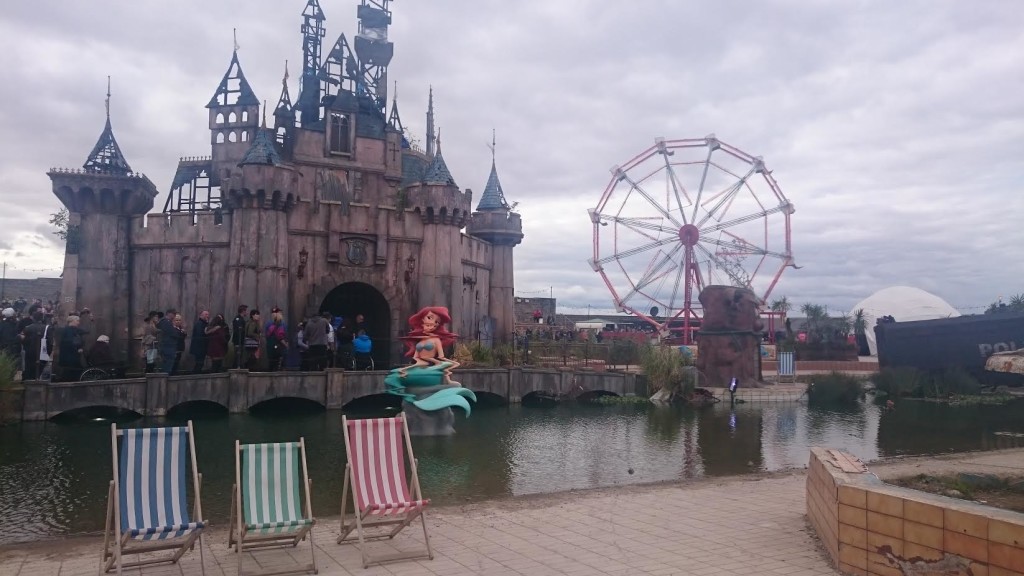
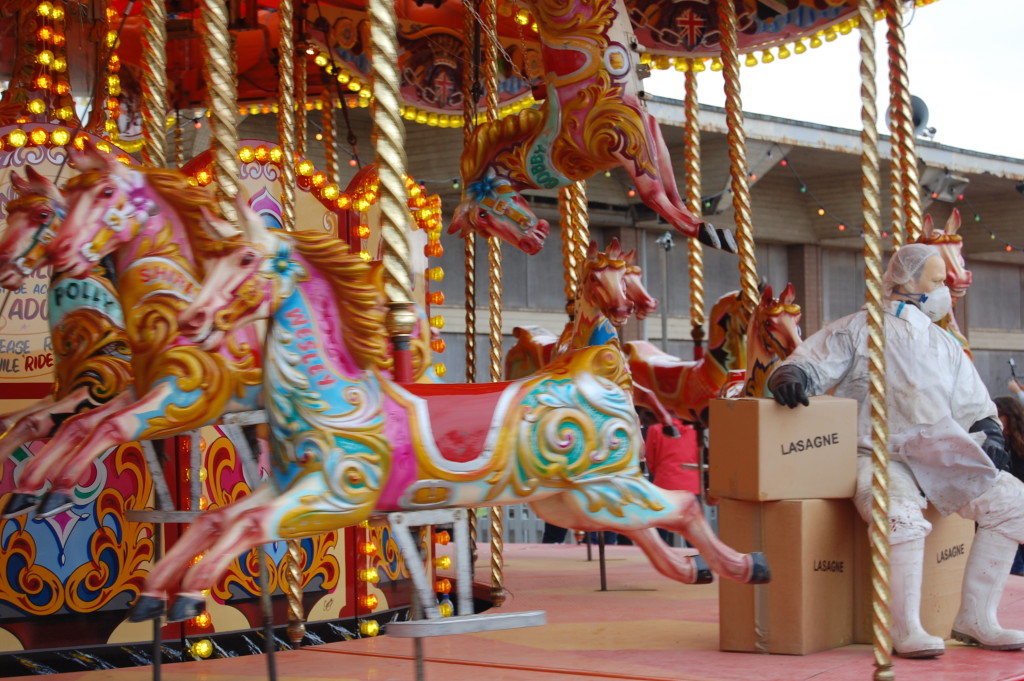
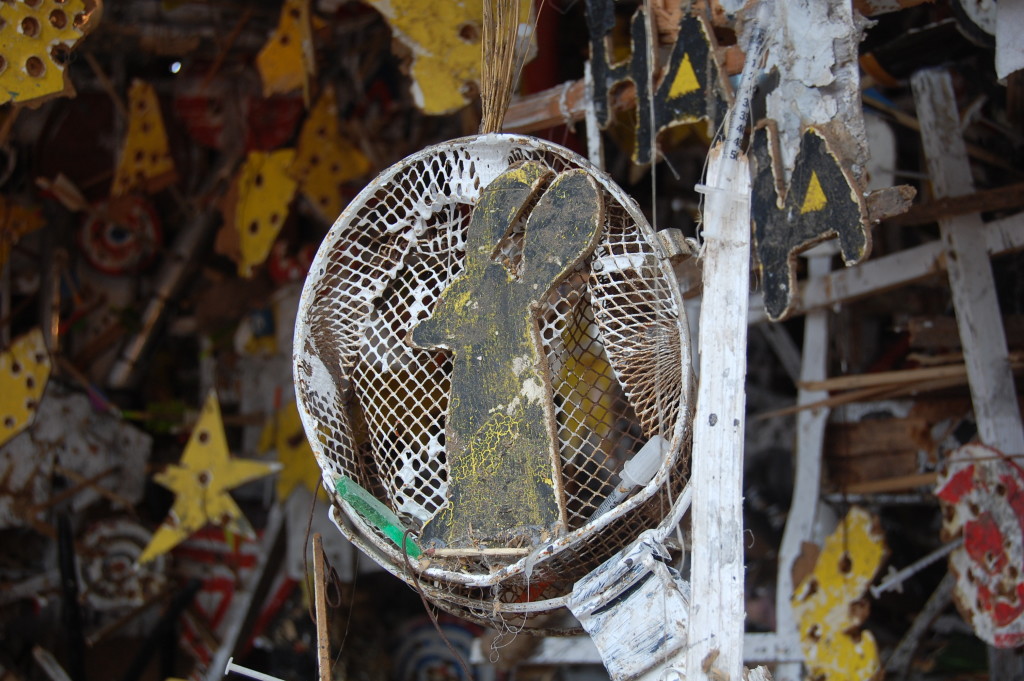

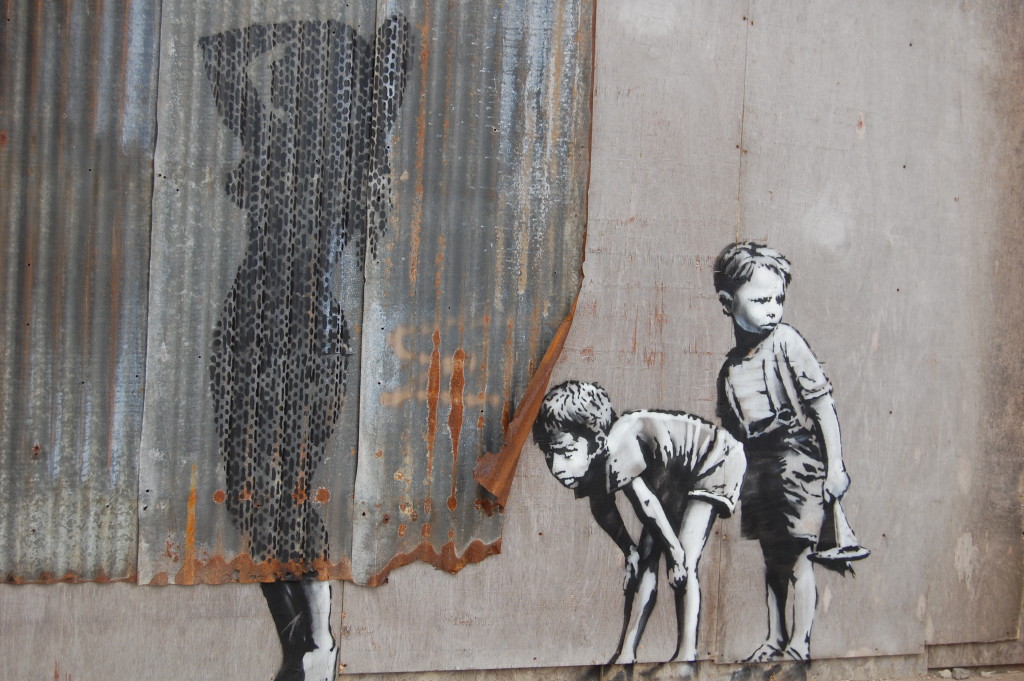
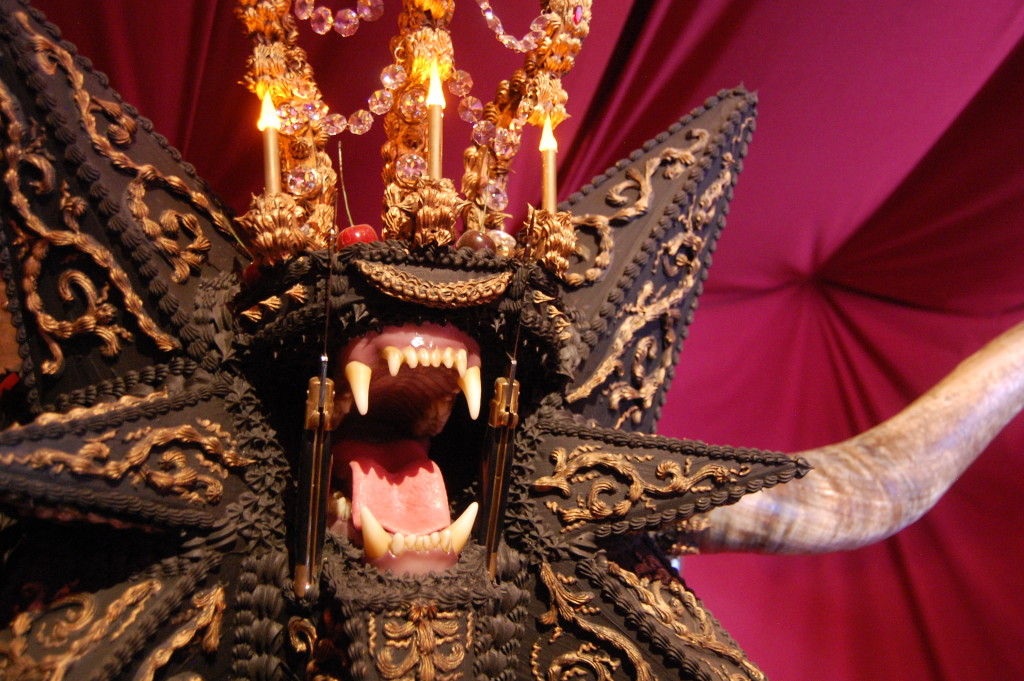
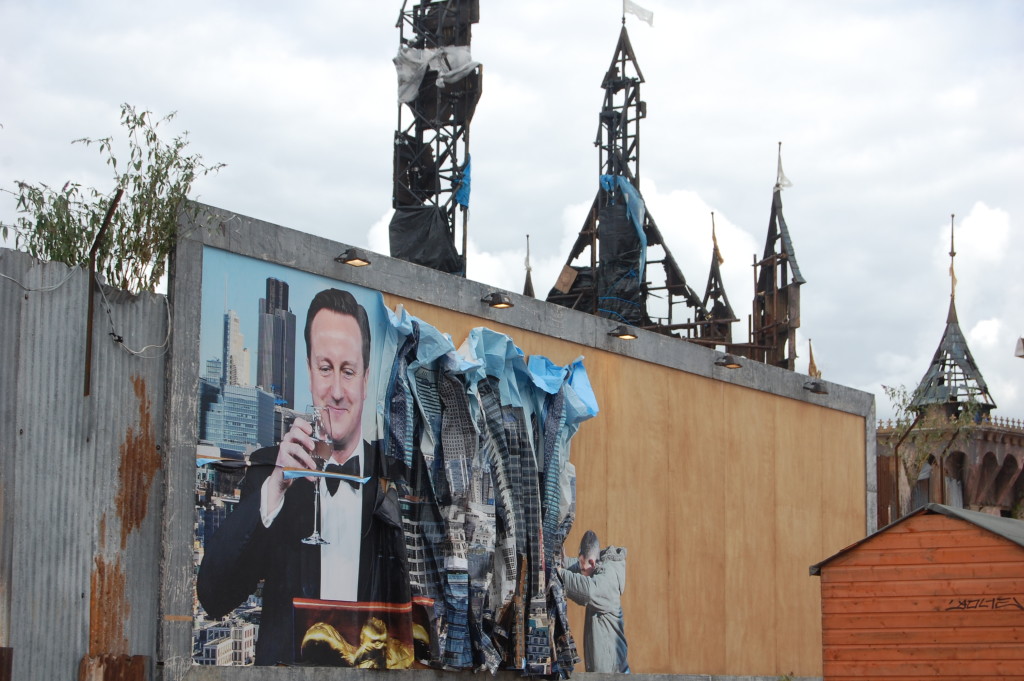




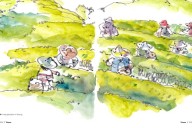





Knowing Banksy mainly for his street art paintings I was quite intrigued when I heard about Dismaland for the first time. Great you had a chance to go there and share you experience with us. I would have loved to go there myself!
Yes, it was all very secretive in the build up wasn’t it?! I’m really glad I got to go as things like that just don’t happen often!
Kind of bizarre but I love the concept (including the promotion of it as a “miserable day out”!), and it would be interesting to visit! Art is so often used to push buttons or challenge the status quo, and this installation seems to do those.
I think it was the concept behind it that really piqued people’s interest! Dismaland does exactly that – and it’s not ashamed to admit in. In fact, it fully plays on this!
Ok Girl, you’re the first person I actually KNOW who has been there other than a news crew, so you’re famous!!!
Honestly, when I saw videos of the thing, I considered if I would want to go, and no, I would not. I think it’s conceptually interesting and I totally agree that theme parks are gross and creepy to start with, so it works… but I’m not drawn to it in any way.
Yay famous!!
I was in two minds about going because I’m not usually a huge fan of weird, wacky and out there art shows. In the end I decided to go a) because it was ridiculously cheap, b) because things like that don’t happen often, and c) because it was fairly close to where I live!
I think it is such an interesting installation and I am glad you covered it. It reminds me of the days when the Surrealists would do public shows filled with uncomfortable oddities. In my this show is following in their footsteps but on a larger scale.
Yes, it’s very similar! There was definitely some hints of inspiration from past “wacky” art shows so Banksy still has got a COMPLETELY unique concept just yet 😀
[…] Lizzie of Wanderarti –Dismaland: The Fashionable Way to ‘Do’ An Art Show […]
[…] Lizzie of Wanderarti – Dismaland: The Fashionable Way to ‘Do’ An Art Show […]
[…] – Dismaland: The Fashionable Way to ‘Do’ An Art […]
[…] Lizzie of Wanderarti wrote: Dismaland: The Fashionable Way to ‘Do’ An Art Show […]